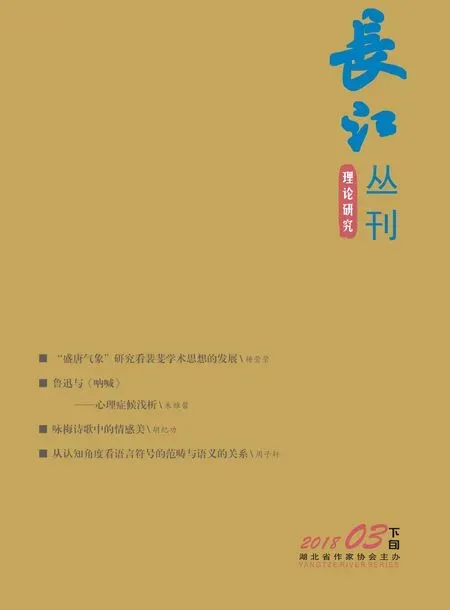The Report on the Translation of Chinese-English Brochure of Liupao Tea Culture in Wuzhou
■马雯怡/广西外国语学院欧美语言文化学院
一、Research Background
Chinese tea culture has a distant origin, which is broad and profound.There are more than four thousand years that Chinese people being accustomed to drinking tea. China is the country that is the earliest discovery of tea trees,the utilization of Chinese tea and the cultivation of Chinese tea trees.
Liupao tea has an outstanding characteristic and profound and cultural history. In recent years, Liupao tea has been known for its feature: red, heavy,aging and mellow, but few people know its history.
二、Literature Review
Huang Youyi (2004:27), in view of dif fi culty of publicity translation, propose a principle of three closeness to publicity.That is, close to the situation of Chinese development; close to foreigners’requirement for Chinese information;close to foreigners’ mode of thinking.
Xu Xiaosong (2016) comment that various kinds of translation are full of tea market. When translating,translators should not only have a good command of translation strategies, but also have deeper understanding of the background knowledge to the translated text. Thus, studying on characteristics of tea professional vocabulary lay a good foundation in the translation of cultural embeddedness of tea words and the description of the unique tea-making process, and it accurately convey the meaning of culture, so as to achieve the effect of publicity.
三、Case Analysis
(一)Translation on the Terms of Tea
As a publicity brochure about tea,the terms of tea would be mentioned and show the essential traditional cultures in China. In addition, owing to the terms of tea contain many deep meaning and techniques, foreigners would understand it better if the author explain thoroughly.Processes of Liupao tea are complicated and abstruse. A series of production process should be consulted before translating.
e.g. fi xation(杀青)-heat up the tea to restrain its fermentation, reduce some moisture inside fresh leaves and soft the tea leaves.
Pile fermentation(渥 堆)-raw tea leaves spread on the ground, let tea leaves got wet and flax covered on it. The tea would have been spread out and dry by airing after it fermented 24 hours under the condition of humidity.
Rolling (揉捻)-a process to twist tea leaves until becoming tight and bent.
(二)Translation on the Ancient Chin ese Prose
Chinese people tend to give quotations from classics or ancient works,which are elegant, classic and clear. In the source text, there is no lack of ancient Chinese prose.
Case 1: 六堡茶在苍梧,茶业出产之盛,以多贤乡之六堡及五堡为最,六堡尤为著名,畅销于穗、佛、澳等埠。
Translation: Liupao tea was the largest output in Cangwu county, among which Liupao town and Wupao town are the top. It has sold well in Guangzhou city, Foshan city, Macao, etc.
Analysis: “之” is an auxiliary word in ancient Chinese word. The former is a symbol of post-positive attributive.The word should be translate to “largest output”. The latter is between the attribute and the center word. Besides,“穗 ”“佛 ” are the abbreviated form of the name “Guangzhou city” and“Foshan city”in ancient time.
(三)Annotation
E n g l i s h s p e a k e r s d o n o t understanding some particular Chinese like Chinese famous people. Thus, when doing translating work, the translator can adopt annotation to illustrate meaning of the center word .
A poem came from a poet Su Shi,a poet in ancient China, and the author applied annotation here to give a brief supplement about his dynasty and achievement.
i.e. Su Shi (a famous litterateur and calligrapher in the Northern Song Dynasty)
There is a sentence in the source text: “尝不尽的岭南美食”. The author gave a name “Lingnan” and brackets and annotated it.
i.e. Lingnan (due to cantons have changed in the past, Lingnan mentioned here includes Guangdong, Guangxi,Hainan, etc)
四、Conclusion
The author takes full advantage of the communicative translation depending on the translation strategies of annotation,free translation and transliteration, finds great methods suited for translation of tea culture and sets a terms list of tea.
[1] 黄友义. 坚持“外宣三贴近”原则,处理好外宣翻译中的难点问题[J]. 中国翻译,2004(06).
[2] 徐晓颂. 茶业出口贸易中茶文化属于翻译问题分析[J]. 福建茶叶,2016(04).

